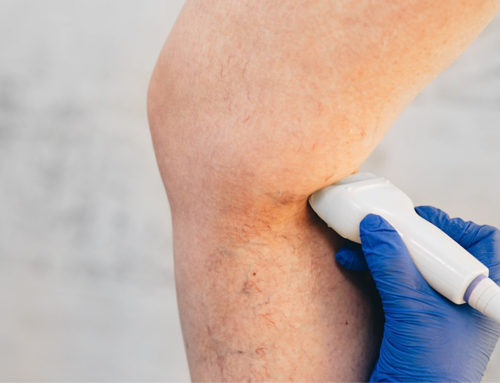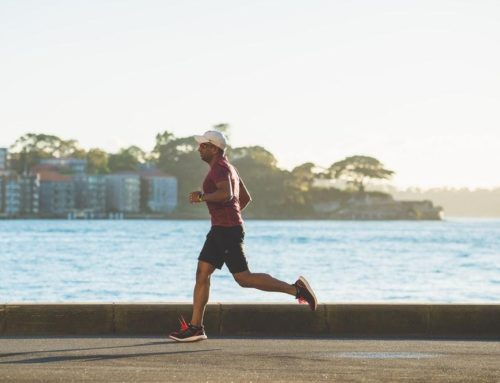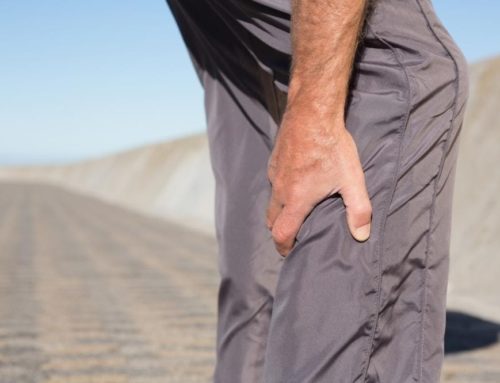Leg pain can vary in symptoms, intensity, frequency and localization. Depending on the type of pain, it can just be a mere nuisance or cause huge discomfort that’s disabling the person. Generally caused by footwear, overuse of joints and muscles, ligament or tendon injury and overactivity, the pain can also be a result of other health conditions.
When the pain gets unbearable, it’s important that you seek treatment and talk to a doctor to figure out the cause. While injuries are often evident, leg pain due to more obscure reasons can be difficult to diagnose. In that case, it can be helpful to look at the symptoms and effectively work toward reducing them.
Varicose Veins and Symptoms
If your leg pain is a result of varicose veins, you’ll notice protruding veins in your legs characterized by swelling. The bulging becomes more noticeable with purple or blue-colored veins and is often the same in both men and women
Despite the popular misconception that women are the only ones affected by varicose veins, the condition affects men and women the same. The swelling and color can be hard to detect when not paid attention to, and the pain can be chalked up to other reasons.
A general physician or a specialist with the help of tests and professional knowledge can easily diagnose and treat varicose veins. Here are the common symptoms you should be on the lookout for to confirm your suspicion of the condition.
- Aching legs that may feel heavy even without too much pressure or strain
- Frequent throbbing in the legs; often accompanied by burning (the burning can also cause itchy skin)
- Nocturnal cramps and spasm in legs
- Swollen legs, feet and ankles that make it hard to walk
Varicose veins don’t always cause pain or problems but if you notice the bulging veins, it’s best to book an appointment for your own peace of mind.
Dealing with the Vein Pain

To get rid of the vein pain, you can adopt a healthier lifestyle with more activity and exercise that stretch muscles. A few little things that can alleviate the symptoms of varicose veins include:
Walking: Yes, simply moving your legs can keep the blood flow healthy and blood pressure in control. This is especially important for people with sedentary lifestyles or elderly who are unable to walk to due to back pain or age-related illnesses.
Weight Management: Constant strain on the legs due to obesity can cause varicose veins. If you’re overweight, try switching to a healthier lifestyle with a better diet and more exercise.
Exercise: Yoga, stretches, foot lifts and many other non-weight bearing exercises are ideal for individuals struggling to exercise more efficiently.
For the treatment of chronic pain, more proactive measures are necessary to remove varicose veins. It’s important to get rid of them and laser treatment is the best option available to you.
The non-invasive treatments work to repair the valves and carries little to no side-effects or vein pain during the treatment. If you’re based in New York and have symptoms of varicose veins, talk to us at 212-906-9111.
You can also book a consultation online and talk to varicose vein experts to figure out the course of action. If you’re feeling leg pain or muscle cramps for any other reason, our team specializes in treating leg-related health conditions.





